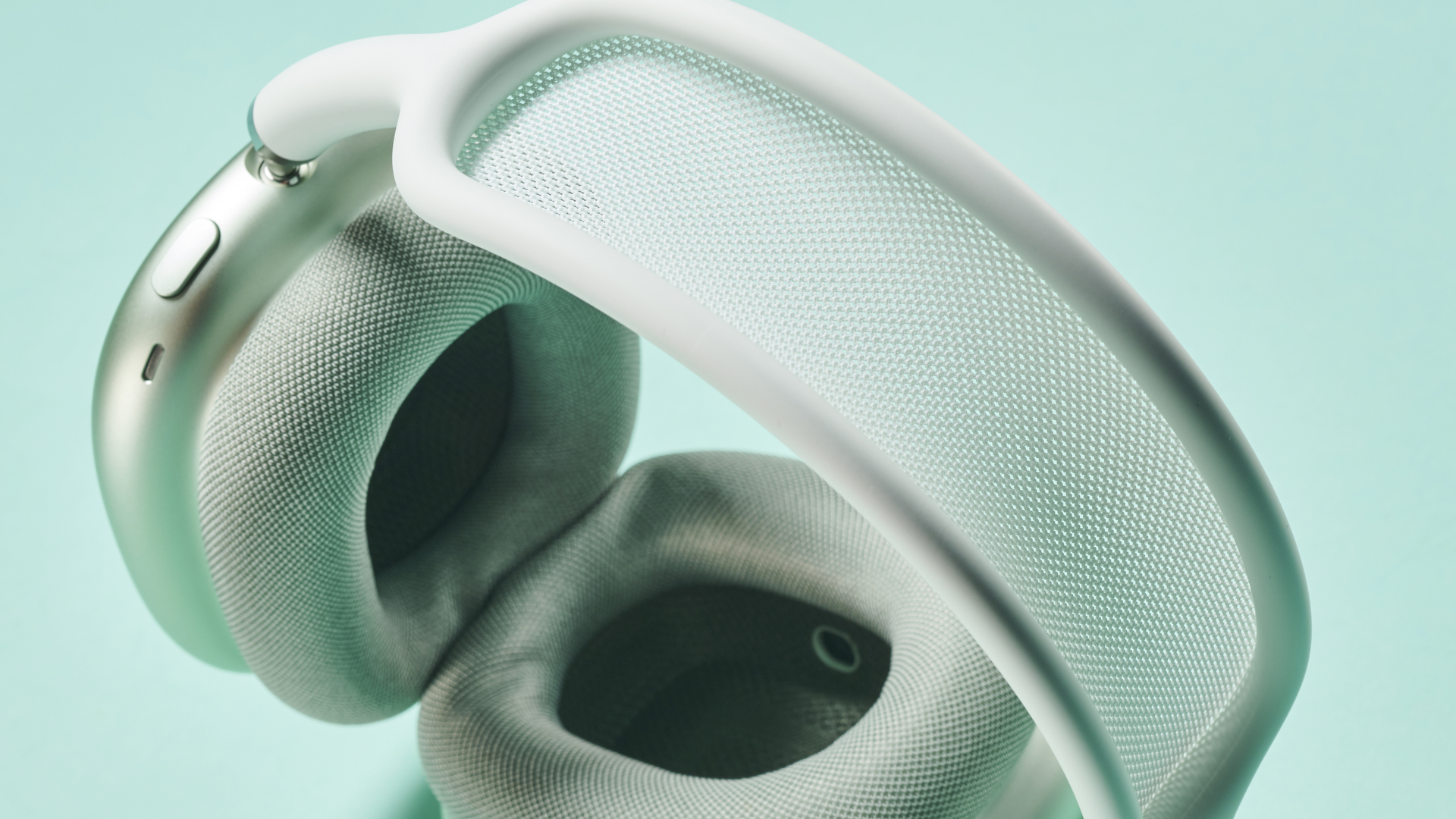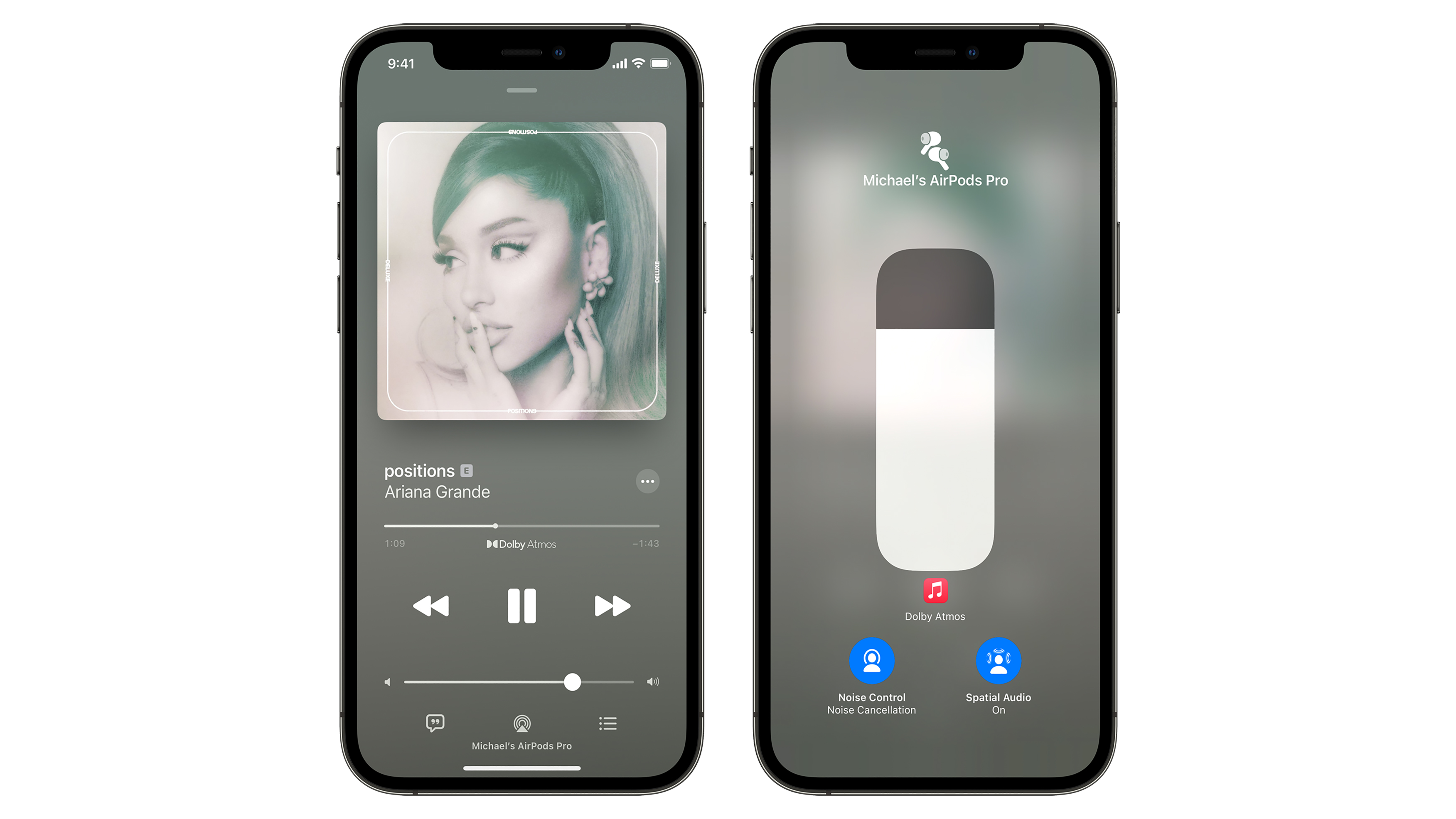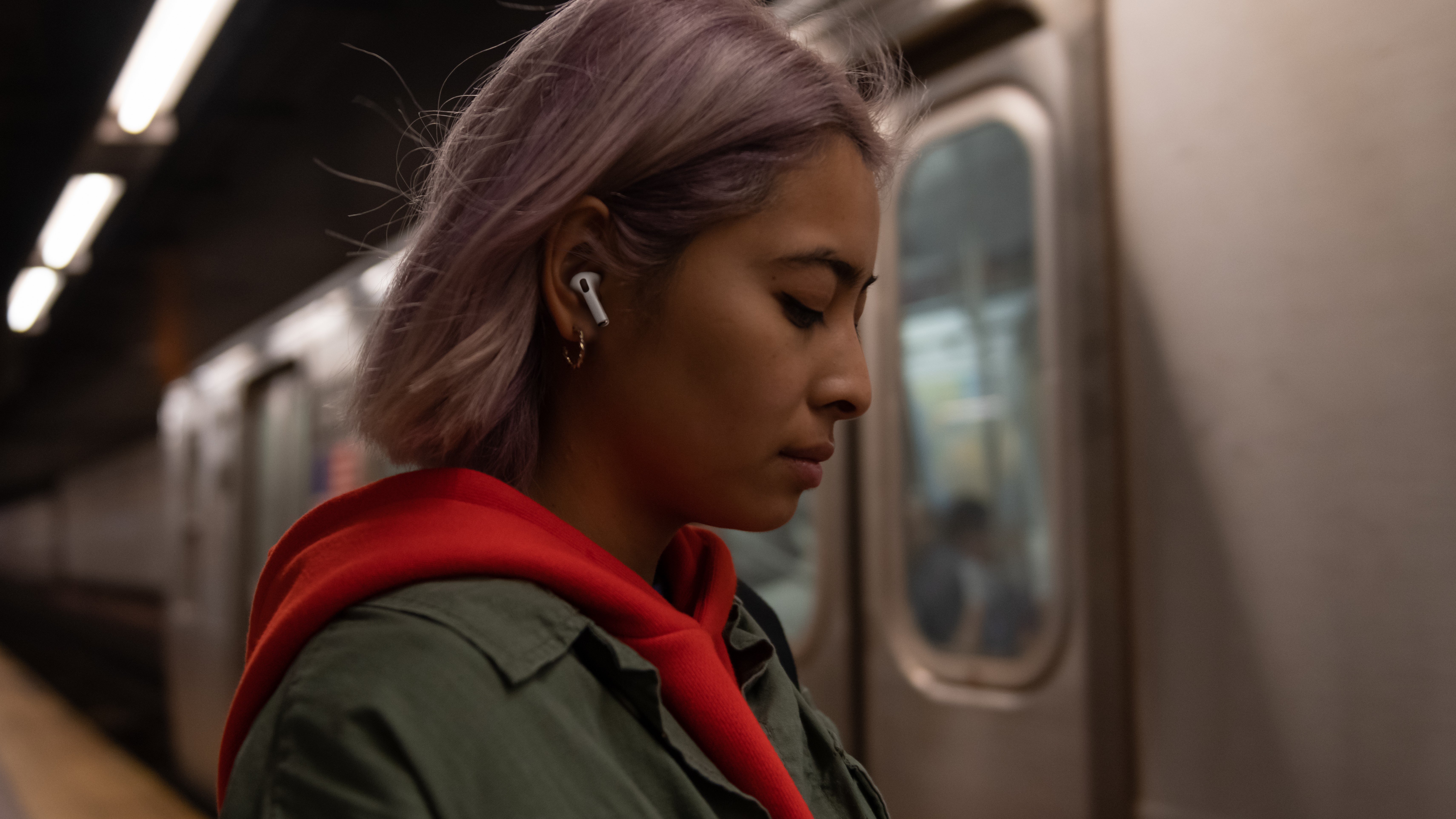

Apple has now launched the next generation of its Apple Music service, which includes Hi-Res Lossless music, but also Dolby Atmos versions of some tracks, and it's this latter option that's really interesting.
Lossless music requires pretty specific hardware to take advantage of, and is really for the kind of person who shops for the best wired headphones and best headphone DACs.
But Dolby Atmos works on any headphones, from the best wireless earbuds to the best noise cancelling headphones – though it's most effective on AirPods Pro and AirPods Max, for reasons we'll come to shortly. And it makes an immediate and obvious difference when listening to compatible tracks on any headphones… though much more in some cases than others.
That's what I've been investigating since the new tracks launched – how much does the difference vary between different headphones, and is it really worth using on non-AirPods? Here's what I think.
How do I turn on Dolby Atmos in Apple Music?
By default, Apple Music makes the Dolby Atmos versions of tracks play only if a set of headphones with Apple's wireless chips is detected – which means AirPods, AirPods Pro, AirPods Max and a broad range of Beats gear.
However, if you head to Settings > Music > Dolby Atmos and change the option from 'Automatic' to 'Always On', then your music app will always stream the Atmos version of the track.

If you want to hear the difference between the Atmos and regular track, with AirPods Pro or Max, you can open Control Centre, long press on the volume bar, and then tap the 'Spatial Audio' button to trigger it on and off easily.
Sign up to the T3 newsletter for smarter living straight to your inbox
Get all the latest news, reviews, deals and buying guides on gorgeous tech, home and active products from the T3 experts
For everyone else, you'll need to use that same Settings page as before – you can just toggle from 'Always On' to 'Off' and back while something is playing.
Be warned that many Atmos tracks are quieter than their normal versions, so this toggling can cause 'fun' with volumes.
What's Dolby Atmos music like?
It's very cool, but pretty weird! For two reasons: 1) At its best, it adds far more separation to different elements in a track, and though listening on headphones doesn't really give you a true '3D' sense of positioning in my opinion, I would still call it '2.5D' – it's not like standing in the middle of an orchestra, but is like you're in the studio with the band standing in front of you, and that's a very cool thing.
And 2) for a lot of these songs, the mix has been pretty significantly altered to make this happen. There are extra flourishes. Instruments are at different levels of loudness, and even some effects on them or on voices have been changed. In a lot of cases, I'd say that listening to the Atmos version isn't like switching from mono to stereo, it's like going from the studio album to a live one.
The most dramatic example of this Lady Gaga's Chromatica album, which someone has just gone absolutely nuts on, especially on making the vocals swim around in the mix in really surprising ways. It feels like someone was having a whale of a time jamming dials up and down at times during the chorus of Stupid Love.
In something like GnR's Sweet Child O' Mine or 4 Non Blondes' What's Going On? the changes are more subtle, and feel like a more natural evolution of the existing song, rather than a rethinking of it.
And then there's When Doves Cry, which fits both of the models above: they have gone absolutely wild with the Atmos elements, yet it's a perfect fit for the song. That may not always work so well with artists who aren't Prince.
At first, I found myself going "I'm really not sure these new mixes are better" a lot, and then switching back to the normal track for comparison. But the normal track suddenly sounded so… flat. Once you try the Atmos stuff, it quickly feels like the only way you want to listen to music.
My biggest issue with the Dolby Atmos offering right now? The limited number of tracks available in it, and that they're pretty hard to find. Sometimes, there are just random individual tracks in Atmos on an album, rather than the whole album being available. There's no way to search only for Atmos tracks.
I realise that it's only partly within Apple's graces to make more tracks available. The artists and labels need to supply the material. But it's just odd to have this amazing new 3D experience that will make every immediately search for Pink Floyd and end up disappointed, or to find that there's nothing from the most-streamed artist of last year, Dua Lipa.

So what headphones are best for Dolby Atmos?
Obviously, I've only tested the headphones available to me in the last few days, but I still found the results interesting, and they surprised me in places.
Let's start at the top: the best experience for Dolby Atmos music is Apple AirPods Max. This one isn't a surprise, since they're a) very expensive, and b) support Apple's Spatial Audio tech. This is tied into Dolby Atmos – it's Apple's special sauce for delivering 3D or surround sound (and will surely be included in AirPods 3), and makes the overall effect much more pronounced than any other headphones I tried. Coupled with generally freaking fantastic sound of AirPods Max, this is by far the best experience, and the biggest problem Dolby Atmos music has right now is that everything else really isn't showing off just how good it can be.
You might assume that AirPods Pro would be second on my list, but surprise twist! My second favourite experience was with Meze Audio's Rai Solo wired in-ear monitor headphones, recently given a Highly Commended honour at the T3 Awards 2021. I had these connected my iPad Pro M1 (2021) using the EarMen Sparrow USB-C DAC. This setup gave me the best feeling of 3D sound outside of the AirPods models, but also with a much strong stronger overall soundstage than the AirPods Pro, making for a better experience overall.
Third was just about the AirPods Pro. I say just about, because it offered the best 3D experience outside of AirPods Max, but some of other headphones here offer better audio quality overall, so it only just edges it.
Next on my list from my pool of entrants was the Bowers & Wilkins PI7, which offered decent 3D sound, but it's mixed with them being just the best true wireless headphones overall for sound quality.
After that, I'd call it largely a draw between the Sony WH-1000XM3 and Philips Fidelio L3. The Sony was able to make more of the extra-smooth bass that's a feature of lots of these Atmos tracks, but the 3D audio was broadly better on the Philips L3, though things varied from song to song.
At the bottom of the pile I tested were the Samsung Galaxy Buds Pro and Grado SR325e open-backed wired headphones (connected over the EarMen Sparrow again). Both are headphones I really enjoy (in very different ways), and did great work with the music part, but just didn't really seem into adding any 3D element.
Atmos headphones verdict
Well, this experiment mostly proved that it's unpredictable as to which headphones will work best with Atmos, apart from Apple's special sauce giving it an edge for the two models that support it. One wired set did well, one flopped. One pair of great wireless earbuds was strong, and one was weak.
I wish Apple's Spatial Audio tech was available outside its own devices, because I'd love to try some of the more affordable over-ear headphones with the tech powering the AirPods Max.
However, I would definitely say that it's still worth listening on headphones that don't have Spatial Audio, as long as they deal well with the 3D-ness. It's still a really interesting upgrade, and I'll definitely be hunting down music that uses it in the future.
The good news is that Dolby Atmos is a free upgrade in Apple Music, because it means you can just try your headphones to see what effect it has – here's hoping you happen to have a good option already. And there'll be plenty of good upgrades in among the best Amazon Prime Days deals, we're sure…
Matt is T3's former AV and Smart Home Editor (UK), master of all things audiovisual, overseeing our TV, speakers and headphones coverage. He also covered smart home products and large appliances, as well as our toys and games articles. He's can explain both what Dolby Vision IQ is and why the Lego you're building doesn't fit together the way the instructions say, so is truly invaluable. Matt has worked for tech publications for over 10 years, in print and online, including running T3's print magazine and launching its most recent redesign. He's also contributed to a huge number of tech and gaming titles over the years. Say hello if you see him roaming the halls at CES, IFA or Toy Fair. Matt now works for our sister title TechRadar.

